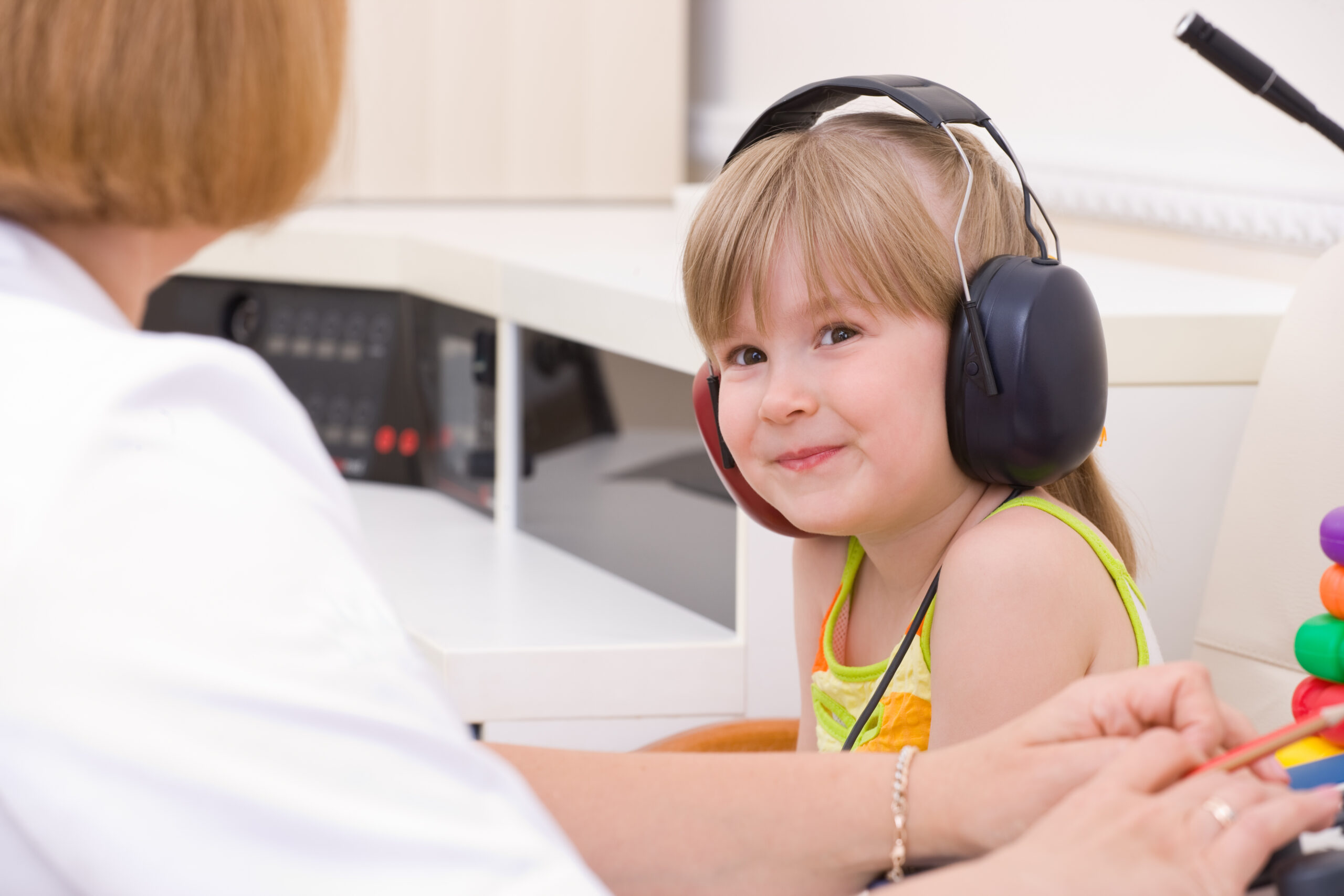Should you be concerned if your baby’s eyes shake?

Nystagmus is a condition where the eyes shake involuntarily. It can appear in babies and children as early as 6 weeks and present as a vertical, horizontal, or even a rotary shake. If you notice your baby’s eyes shaking, it’s important to remain calm but you should bring your child to a pediatric eye doctor for a thorough exam.
Congenital vs. Acquired Eye Shake
When eye shake appears early in life – typically within the first 3 months – it’s referred to as congenital nystagmus and can often be paired with sensory nystagmus and a decrease in vision. In a baby, this could be a sign of a possible cataract, glaucoma, optic nerve hypoplasia or severe strabismus (crossed eyes). Some of these conditions can be treated to avoid long-term vision problems if diagnosed early enough, so it’s imperative to bring your baby in for an exam quickly.
While it can still show up in babies and children, acquired nystagmus shows up later in life and is often the symptom of another condition or disease such as multiple sclerosis, stroke, or early trauma.
Nystagmus can also be inherited through dominant, recessive and x-linked inheritance. Patients with inherited nystagmus tend to have better vision.
Risks and Side Effects
Babies with nystagmus can suffer from a wide array of retinal/optic nerve disorders including:
- optic nerve hypoplasia
- Aniridia
- Leber’s congenital amaurosis
- retinal coloboma
- Ocular albinism
- Achromatopsia
Systemic disorders can also occur but are more common in patients with acquired nystagmus. These issues include:
- brain tumor
- Stroke
- Tumor
- Trauma
- fetal alcohol syndrome
Living with Nystagmus
All nystagmus patients have some degree of impaired sight but that impairment can vary greatly from person to person. Many people will acquire what’s called a null point, or a head position which when held, can help decrease the amount of eye shaking. If this position is awkward, strabismus surgery can be done to move that position closer to a straight ahead, comfortable gaze.


